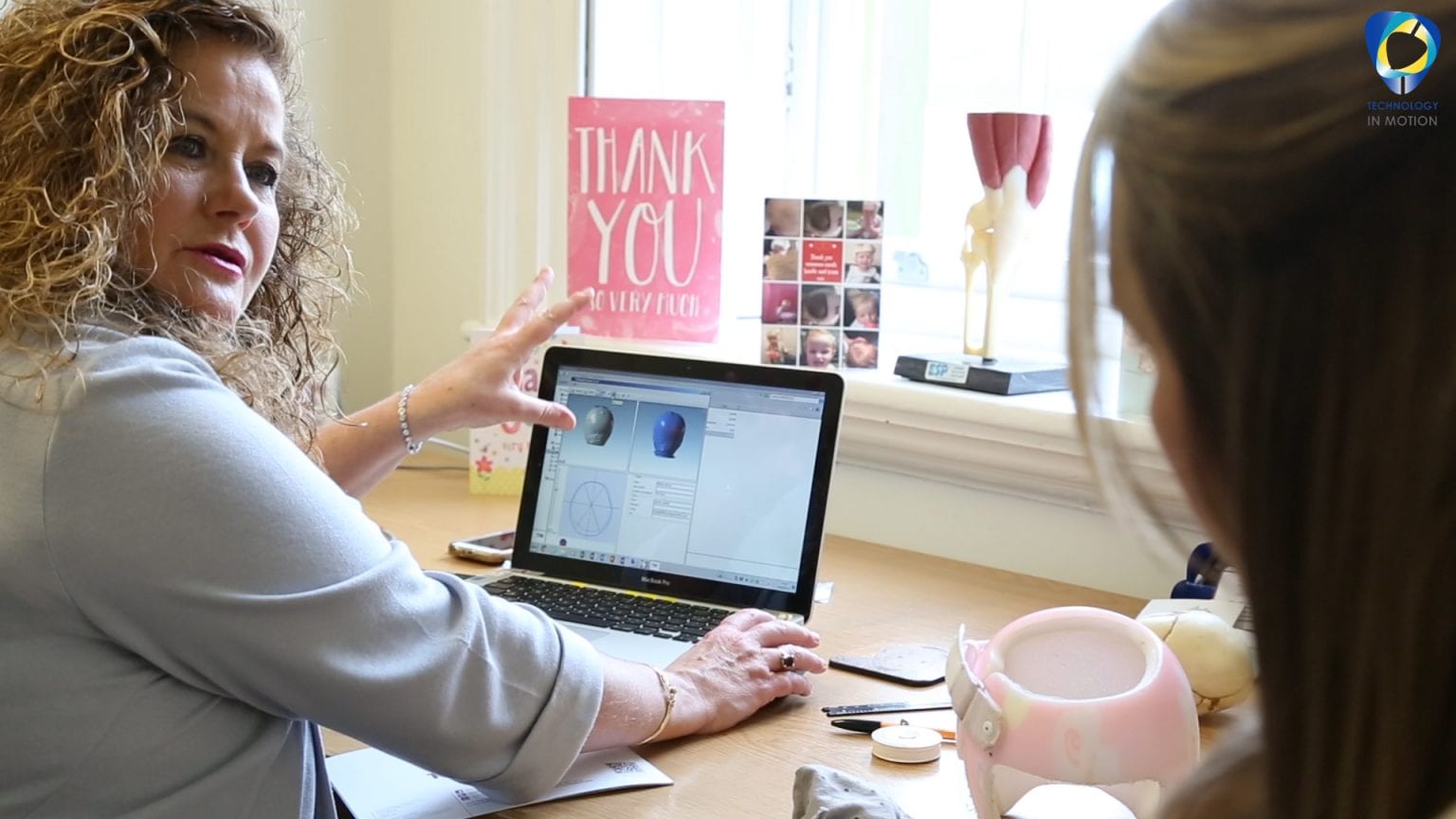
To make all of this information easier to digest and to help you to find the answers you are looking for, this informative guide will explain the next steps to take if you notice that your baby has flat head syndrome. But first, let’s start from the beginning…
What is Flat Head Syndrome?
The term flat head syndrome refers to a range of conditions associated with a misshapen head, which can be a result of continued external pressures to a baby’s head before, after, or during birth.
For detailed information on the specific variations of flat head syndrome, take a look at our quick and easy guide to the different types of flat head syndrome.
Next Steps for Babies With Flat Heads
Repositioning Techniques for a Flat Head
As soon as a flattening appears, we recommend trying out some simple repositioning techniques with your little one. Many flat head syndrome babies develop flatness as a result of continued external pressure to the same area of their head, usually because they have a preference of sleeping and leaning on that particular area.
Repositioning techniques work by encouraging your baby to lean on different sides of their head, balancing out the weight and relieving excess pressure from the flattening. For more details on the type of repositioning techniques to try, take a look at our repositioning guide.
Whilst repositioning is advised for your baby whilst they are awake, it is important to remember that you should always place your baby on their back to sleep. This advice has reduced the incidence of sudden infant death syndrome (SIDS) massively thanks to the Back to Sleep Campaign, which was launched back in 1994.

See a Clinician if Your Baby Has Flat Head Syndrome
For parents with flat head syndrome babies, we recommend booking an appointment with one of our expert clinicians to diagnose the severity and type of flat head syndrome that your baby may have. This way, you can decide on the best steps going forward.
Head shape deformities can present themselves differently – some babies have a mild flattening, whereas others are more severe. Equally, some have plagiocephaly or brachycephaly, and others have a combination of the two.
In many cases, a baby’s condition is mild and can improve by itself with the introduction of repositioning techniques. There might also be an imbalance in the neck muscles which might require exercises to release the tightness and we can advise on this. However, it’s important to have your baby’s head professionally assessed and measured as, if your baby’s head shape is moderate or severe, repositioning alone may not be enough to correct the head shape.
Correction relies on a baby’s skull being soft and malleable so there is a time pressure with finding the right treatment option as a baby’s skull begins to harden after 14 months of age.
We know that this information is a lot to take in, but all too many families find out about our TiMbandAir treatment when it is too late for us to help. For more information on when your baby is too old for flat head syndrome treatment read our blog post for the best age to start with helmet treatment.

Corrective Helmet Treatment
If your baby’s flat head syndrome is moderate or severe, our expert clinicians have developed an effective and pain-free treatment solution. Working alongside the natural growth of your baby’s head, a plagiocephaly helmet gently guides your baby’s head shape in the right direction.
We only advise parents to go ahead with treatment when their baby really does need it, so whether helmet treatment is right for your baby or not, we can measure your little one’s head and help you to decide on the best option.
How Does Helmet Treatment Help My Baby’s Flat Head?
A custom-made helmet is designed from a safe photographic scan of your baby’s head. The closed-cell foam liner and co-polymer shell are extremely lightweight and comfortable, and as your baby’s head grows, the helmet has enough room to direct the growth and correct flat heads in a safe and pain-free way.
The helmet by no means restricts your baby’s head growth but instead works alongside it to ensure that it grows in the right areas and direction, promoting a rounded head shape.
We work with parents to get the best results for their baby, recommending that babies wear a helmet for 23 hours of the day. We track progress along the way and adjust the fit of the TiMbandAir when necessary. For more information on the TiMbandAir, what it is made from, how it is made, and how it works, read the main reasons why you should choose the TiMbandAir.
We understand that finding the right course of treatment when your baby has flat head syndrome can often be an overwhelming and difficult decision for parents. However, we have helped to improve and correct hundreds of flat heads, resulting in lots of happy parents and babies. If you have any questions regarding flat head syndrome or our treatment, do not hesitate to get in touch.


